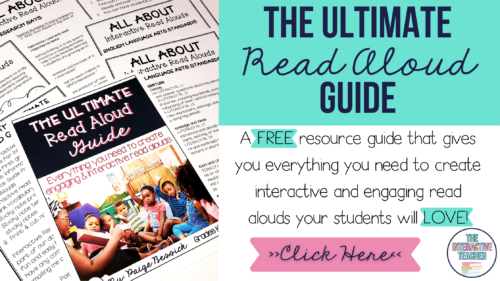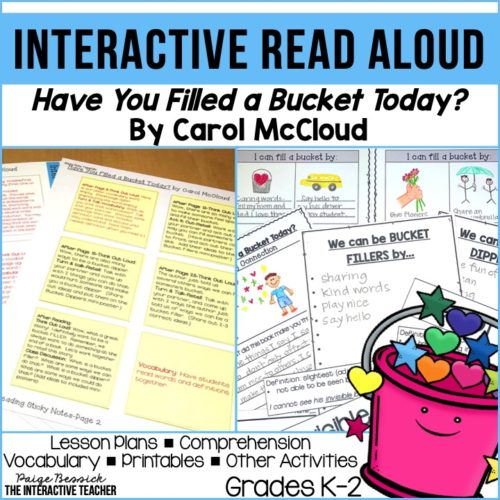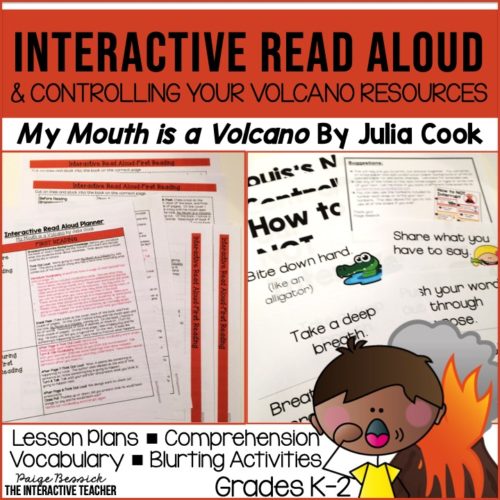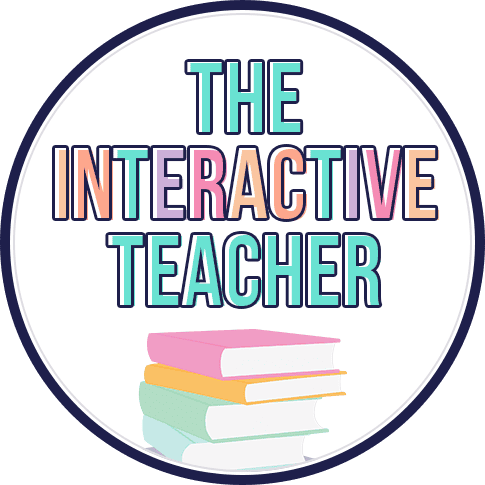1. Support the Curriculum
The first reason you NEED to be doing Interactive Read Alouds is that it supports the curriculum. You can do an IRA with any book you want and that includes books that support reading, writing, math, science, social studies, or any other subject you teach. You name a subject, you can complete an IRA to support it.
For example, if you’re studying rocks in science, you may want to choose a nonfiction book about rocks. Nonfiction books are great for introducing vocabulary and identifying key points and details.
Another example would be using a fiction book as a mentor text to teach reading. When you choose a quality mentor text to teach reading, you can demonstrate fluency, thinking aloud, and how to use reading strategies.
The possibilities are endless when it comes to IRAs and curriculum needs. One of my favorite books that support the curriculum in first grade is How to Read A Story by Kate Messner. It is perfect for reading and how to teach students what it looks like to independently read. It is also great for teaching “how-to” books in writing. I love this book because it does double duty and can be used to teach reading AND writing.
READING: LITERATURE
Key Ideas and Details
•CCSS.ELA-LITERACY.RL.1.1
•Ask and answer questions about key details in a text.
•CCSS.ELA-LITERACY.RL.1.2
•Retell stories, including key details, and demonstrate understanding of their central message or lesson.
•CCSS.ELA-LITERACY.RL.1.3
•Describe characters, settings, and major events in a story, using key details.
Integration of Knowledge and Ideas
•CCSS.ELA-LITERACY.RL.1.7
•Use illustrations and details in a story to describe its characters, setting, or events.
•CCSS.ELA-LITERACY.RL.1.9
•Compare and contrast the adventures and experiences of characters in stories.
LANGUAGE
Vocabulary Acquisition and Use
•CCSS.ELA-LITERACY.L.1.4
Determine or clarify the meaning of unknown and multiple-meaning words and phrases based on grade 1 reading and content, choosing flexibly from an array of strategies.
SPEAKING & LISTENING
Comprehension & Collaboration
•CCSS.ELA-LITERACY.SL.1.1
•Participate in collaborative conversations with diverse partners about grade 1 topics and texts with peers and adults in small and larger groups.
•CCSS.ELA-LITERACY.SL.1.1
•CCSS.ELA-LITERACY.SL.1.1.B
•Build on others’ talk in conversations by responding to the comments of others through multiple exchanges.
•CCSS.ELA-LITERACY.SL.1.1.C
•Ask questions to clear up any confusion about the topics and texts under discussion.
•CCSS.ELA-LITERACY.SL.1.2
•Ask and answer questions about key details in a text read aloud or information presented orally or through other media.
•CCSS.ELA-LITERACY.SL.1.3
•Ask and answer questions about what a speaker says in order to gather additional information or clarify something that is not understood
Just look at all of those. Are you doing anything else in your classroom that has the possibility of meeting ALL of those standards in one activity? I DON’T THINK SO. This is probably the biggest reason you need to be doing IRAs consistently. You will find that as you continue to do IRAs, you can make the questions harder and your students become better at discussing and answering questions. Seriously, it is such a great activity!
3. Helps reading comprehension
Also, you should be doing them because of how much it helps comprehension. Especially in first grade, so much of what we teach our students is figuring out tricky words. If you use Lucy Calkin’s Units of Study for Reading, you know what I’m talking about. So many of the lessons are geared towards figuring out tricky words. Of course, you throw in some reading strategies, but the books my students are reading at levels D-J just don’t have a lot of meat to them and deeper comprehension can be tricky to teach at that level.
That’s why when you’re planning and doing interactive read alouds, it’s important to take into account the LISTENING level of your students. They will probably be able to understand books levels K-M or even higher towards the end of the year. To really teach comprehension and the strategies involved with understanding a book, you need to have more of a plot line than Biscuit books. Don’t get me wrong, I love me some Biscuit! But to really dig deep into comprehension AND touch on the standards as mentioned above, you need books with a deeper plot line like Clifford or Kevin Henke’s books.
And your BONUS reason for why you NEED to do Interactive Read Alouds is engagement. Plain and simple, Interactive Read Alouds are FUN! Like I said before, they are one of my favorite things to do and that is partly because the kids enjoy them so much! Who doesn’t love having a book read to them and getting to talk about it in the middle? Gone are the days where teachers read aloud and kids are silent. To get the most out of a book, the students need to be interacting and that means providing opportunities for engagement.
Some things you can do to promote engagement are:
- Turn and talks
- Stop and jot or draw
- Act it out
- Imagine
Also, don’t forget about the constant thinking aloud and discussion you are having throughout the entire book as well.
So there you have it. The 4 reasons why you NEED to be doing Interactive Read Alouds. If I haven’t convinced you, then maybe some research will:
From: A Guide to the Reading Workshop-Primary Grades by Lucy Calkins. Chapter 3: What Does Research Say that All Readers Need?
Essentials for Reading Instruction: Learners need opportunities to talk in response to texts.
“…teaching reading is teaching thinking, it is not surprising that social relationships are critical to a reading workshop. Conversations are especially crucial because data suggests that not enough American students are growing up to be thoughtfully literate.”
Remember the book I mentioned above as being one of my favorites for interactive read alouds? You can find it below. You can find my other Interactive Read Aloud resources by clicking >>HERE<< or the images below.
If you liked this post, please make sure to pin it so others can see it too!
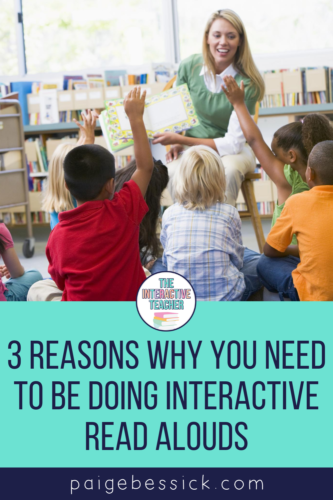
So, I hope I have convinced you on why you NEED to be doing Interactive Read Alouds. If you are already doing them, please share with me some of your favorite books. If you are not, can you share with me why you have been apprehensive about it?
Interested in more posts about Interactive Read Alouds? Check out these:
If you want to learn more about Interactive Read Alouds, sign up using >>THIS<< link of the click the image below.
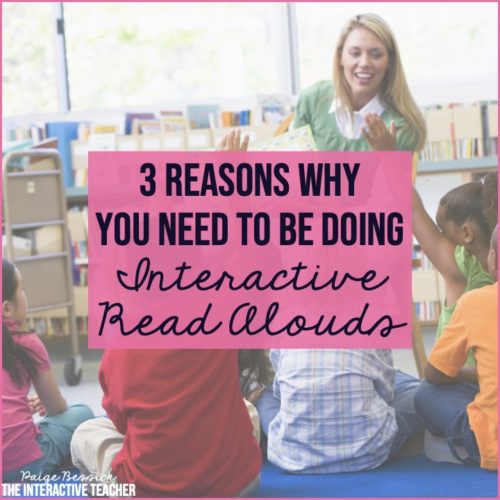 I am going to share with you 3 VERY important reasons why you NEED to be doing Interactive Read Alouds with your students.
I am going to share with you 3 VERY important reasons why you NEED to be doing Interactive Read Alouds with your students.